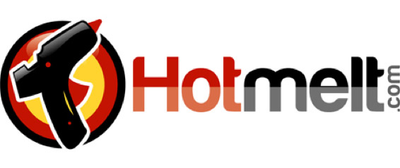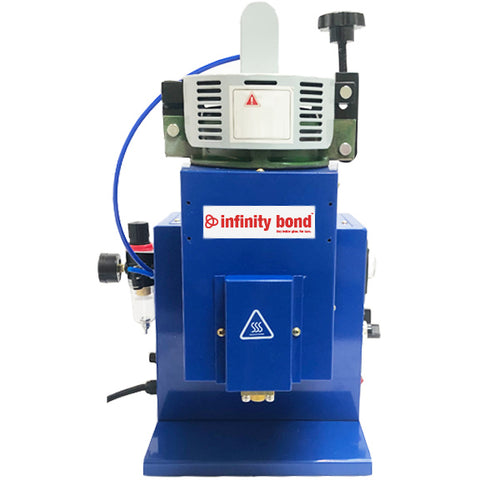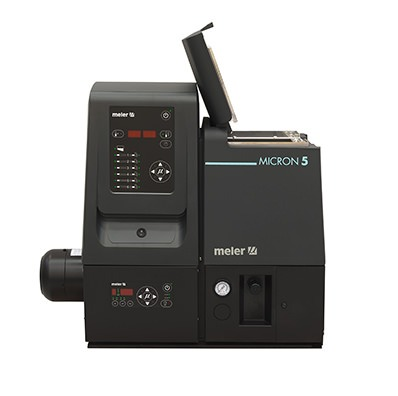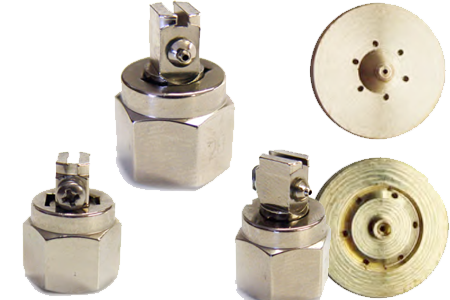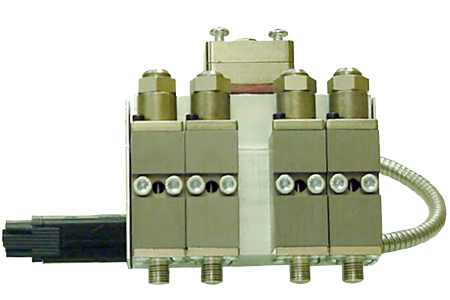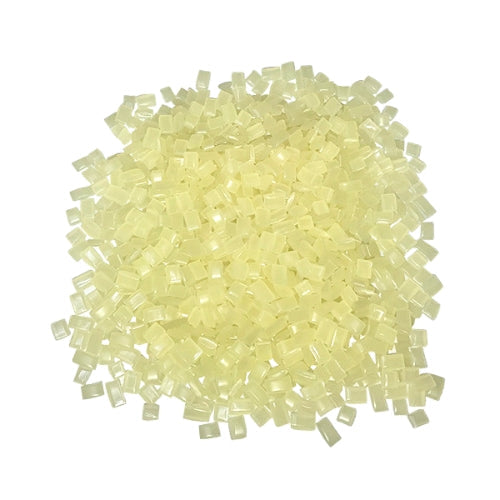Bulk Hot Melt Adhesive
Filters
Shop Bulk Hot Melt Pellets, Pillows, & More
When you need a lot of hot melt adhesive for high-volume applications, you probably want to buy in bulk. At Hotmelt.com, we offer an extensive catalog of different bulk hot glues like EVAs, metallocenes, polyamides, PSAs, PURs, APAOs, and more. These products come in different forms to meet different dispensing systems, including hot melt adhesive pellets, pillows, and chubs. With so many different options, you can find the bulk hot melt adhesive you need for everything from bookbinding to case sealing applications.
We also want to help our customers get the best hot melt glues for the right price. As one of the largest bulk hot melt distributors in North America, we are able to offer competitive pricing on all the top brands like Infinity Bond, HB Fuller, Henkel Adhesives, and Jowat Adhesives. Consequently, you are able to find the best products for bottom-dollar prices.
Beyond just being a hot melt glue supplier, we strive to ensure our customers get the most out of their products. Don't let a manufacturer or inexperienced hot melt distributor sell you a product that works best for them. Instead, work with our bulk hot melt adhesive experts to find a solution that works best for you. Contact us to get a personalized product recommendation. You can also see if you're eligible for a free sample or ask about a free consultation to improve your current bulk hot melt setup.
Product Spotlight

Biodegradable: Tecbond 110B Biodegradable Hot Melt
For businesses wanting to be more sustainable, these hot melt glue pellets are a great choice. This bulk hot melt is partially bio-based and certified biodegradable to ASTM D6400 standards so microplastics will not get left behind when it breaks down. The product also has the added bonus of being able to operate at lower temperatures to reduce energy use.
Ask a Question
Questions about these products? Not sure what's best for your application? Our hot melt experts can help. Submit your questions and we'll get you answers right away. We're here to help.
Related Categories
Common Questions About Bulk Hot Melt Adhesive
Hot melt or hot glue is a type of glue that consists of thermoplastic polymers. It is melted and applied in a molten state that becomes a solid again as it cools. Bulk hot melt glue is often used in high-volume commercial applications. There are also a wide range of hot melt formulations that can be tailored to meet specific application needs.
Hot melt provides a wide range of benefits. It is easy to apply, sets quickly, and is relatively inexpensive compared to other types of adhesives.
Hot melt is also:
- Cost effective
- Easy to use and apply
- Versatile with different formulas for numerous applications/materials
- Easy to store (no shelf life)
- Strong with good adhesion to a wide range of substrates
When using bulk hot melt adhesive, the amount you need will depend on the size of the bead being dispensed. Here is an easy chart to estimate how many linear feet of hot melt are produced by one LB of hot melt at various bead sizes.
| Bead Size (Half Round) | Approximate Linear Feet per LB |
| 1/16" Diameter Bead | 1500 Feet per LB |
| 1/8" Diameter Bead | 260 Feet per LB |
| 3/16" Diameter Bead | 180 Feet per LB |
| 1/4" Diameter Bead | 125 Feet per LB |
| 3/8" Diameter Bead | 60 Feet per LB |
| 1/2" Diameter Bead | 30 Feet per LB |
